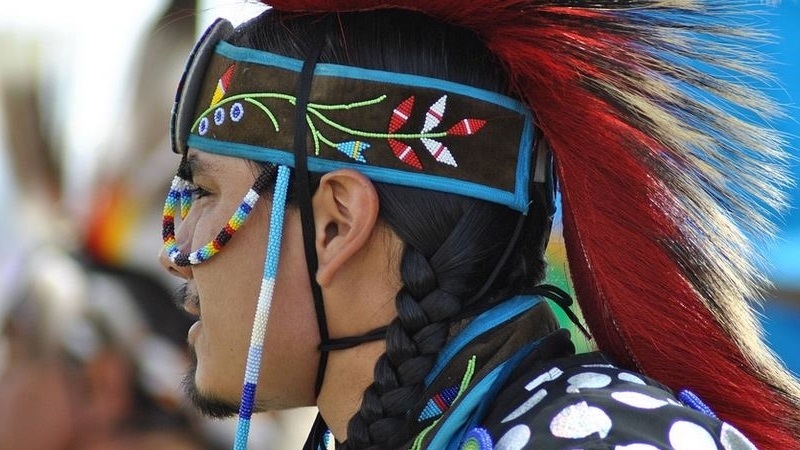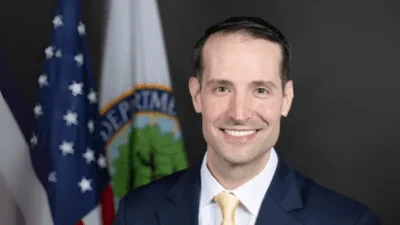The U.S. Economic Development Administration (EDA) recently celebrated Native American Heritage Month and the progress made alongside tribal partners throughout the year, an EDA press release said.
November was Native American Heritage Month, and the EDA said that honoring these cultures and their significant impact on America was important. The EDA also outlined several initiatives created throughout the year, including $100 million for Native American communities through its first-ever Indigenous Communities Program.
“EDA is committed to working with its partners in the Native American community,” the release said. “As we enter a new year, we will continue to provide access to the economic resources needed to meet communities wherever they are by supporting infrastructure development and broadband and expanding small businesses and accelerating startups to build back better post pandemic.”
The EDA provided extra funds to Native American communities this year due to economic burdens caused by the pandemic, the release said. This included $3 billion awarded through the Build Back Better Regional Challenge, a program designed to aid communities nationwide recover and resist future economic setbacks, the EPA said in the program description.
“EDA continues to encourage its partners within the Native American community to participate in EDA’s entire portfolio of programs, including the Indigenous Communities Program, and this year we made it easier to do so,” the release said. “After participating in government-to-government consultations earlier this year, we updated our regulations in September to create greater opportunities for tribal participation in EDA grant programs. The new rule, published in the Federal Register, extends EDA Tribal eligibility to include for-profit entities that are wholly owned by and established for the benefit of a Tribe.”
Tribal success stories include the Indian Pueblo Cultural Center in Albuquerque, New Mexico that was made possible through an EDA grant, according to the press release. The facility is an exhibit of Pueblo history, accomplishments and culture. It also serves as a space for cultural arts, educational opportunities, daily artisans and dancers.









